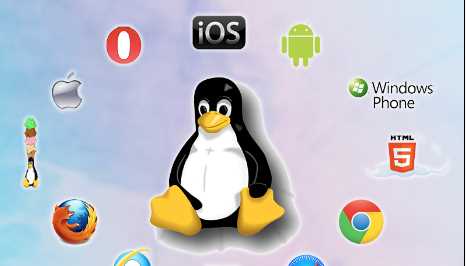How does Linux function?
Imagine an OS as the engine of a vehicle. Even while an engine may run on its own, a car only becomes useful when it is coupled with a transmission, axles, and wheels. The remainder of the car won't function if the engine isn't running properly.
Originally intended to function similarly to UNIX, Linux has developed to run on a wide range of hardware, including everything from smartphones to supercomputers. The Linux kernel, which controls hardware resources, is a component of any Linux-based OS, along with a collection of software packages that make up the remainder of the operating system. Additionally, businesses have the option of using a Linux server to run their Linux operating system.
What is a command line?
Your immediate interface with a computer is the command line. You can ask software to carry out hardware tasks that point-and-click graphical user interfaces (GUIs) are unable to do.
Whether proprietary or open source, command lines are available on a wide variety of operating systems. However, because command lines and open source software work in tandem to grant users full access to their computer, they are frequently linked to Linux.
Open Source and Linux
Under the terms of the GNU General Public License, Linux is a free and open source operating system (GPL). The source code may be used, examined, altered, and distributed by anybody, and they may even sell copies of the altered code.
The largest open source software project in the world is now Linux. Professional and amateur programmers and developers work on the Linux kernel on a daily basis, adding new features, identifying and resolving bugs and security holes, live patching, and offering fresh perspectives—all while giving back to the community.
What is Linux capable of?
Almost every IT project, including security, cloud-native applications, and containers, may be built on Linux. It serves as the foundation for some of the largest sectors and businesses in the world, including knowledge-sharing websites like Wikipedia, the New York Stock Exchange, and Android-powered mobile devices (which is a specific-use distribution of the Linux kernel with complimentary software).
Over time, Linux has developed into the industry standard for operating mission-critical, highly dependable, and available workloads in datacenters and cloud deployments. Depending on your demands and workloads, it has a wide range of use cases, distributions, target platforms, and capabilities.
How user-friendly is Linux?
A graphic user interface (GUI) that facilitates point-and-click operations is included with almost all Linux distributions. Through the humanization and visualization of software, these GUIs transformed computing during the OS Wars in the late 1970s. more truthful
But at some time, you might need to ask the computer to carry out a task that is not included in the GUI's predefined list of tasks. At that point, you must launch the command line, which is where tech-savvy geniuses in TV and film furiously type lines and lines of code. The command line, however, is improved by the Hollywood treatment.




Leave Comment